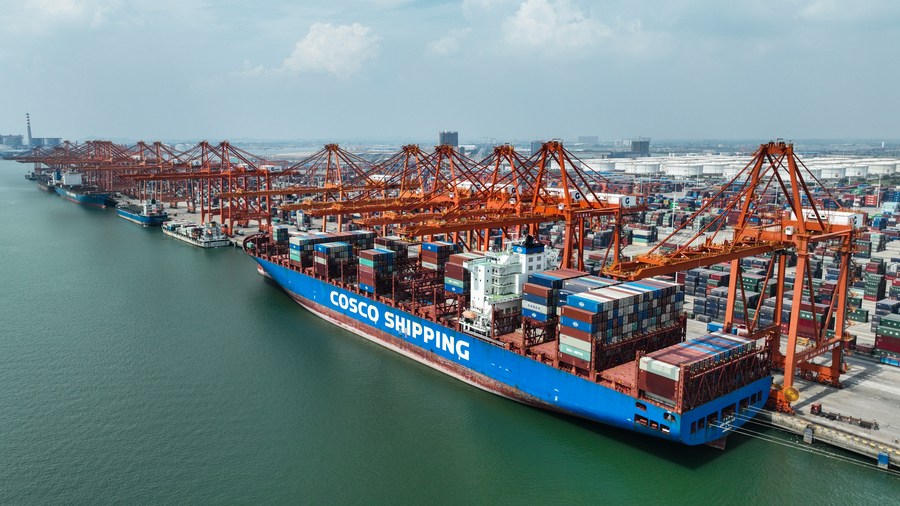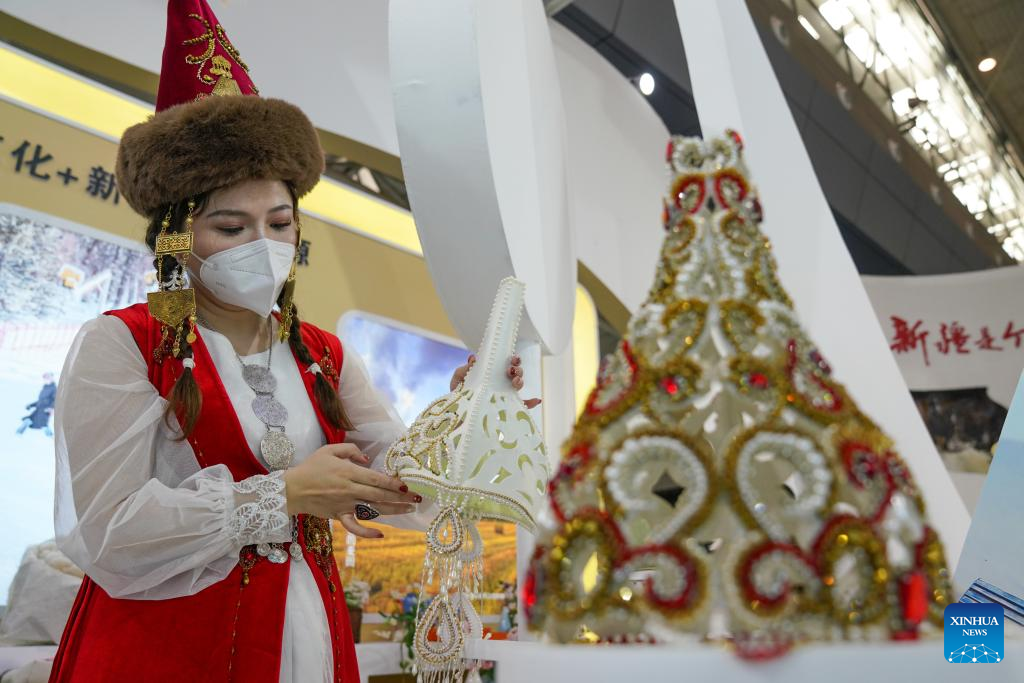
(Wang Hui/Xinhua Daily)
As the Paris Olympics capture the attention of the world, an ideal destination to explore the world's foremost multi-sports event in China is the Nanjing Olympic Museum, located next to the city’s iconic "Nanjing Eye" pedestrian bridge.
Endorsed by the International Olympic Committee (IOC) and the Chinese Olympic Committee, the museum houses over 1,000 exhibits that live up to the dreams of athletes from many generations, and reflect the enduring values of Olympic Games.

Upon entering the museum, visitors are first greeted with a wall covered with 54 posters of Olympic Games from 1896 to 2024. The official Olympics poster debuted in Stockholm 1912 and has evolved into a key part of the cultural legacy of the Olympic Games. The wall also features six posters of Youth Olympic Games, from the inaugural edition in Singapore in 2010 to the Lausanne 2020 Winter Youth Olympics Games.
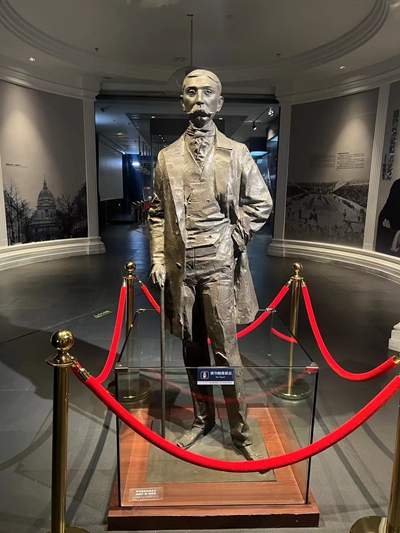
The centerpiece of the exhibition hall is the sculpture of Pierre, Baron de Coubertin, the "Father of the Modern Olympics". On November 25, 1892, Coubertin delivered his famous speech in Paris to revive the Olympics. He later founded the IOC and designed the prototype of Olympic emblem and flag.
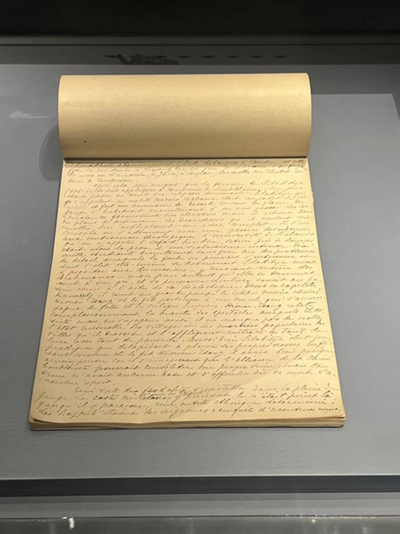
Behind Coubertin's sculpture is a display case containing a stack of yellowed manuscripts, handwritten by Coubertin and representing the treasure of the museum. The precious manuscripts were purchased from an international collector and are now preserved in a constant environment of about 20°C and 60% relative humidity. This document of over 100 pages records Coubertin's views and discussions on history, and the featured page in the case details his travels in China.
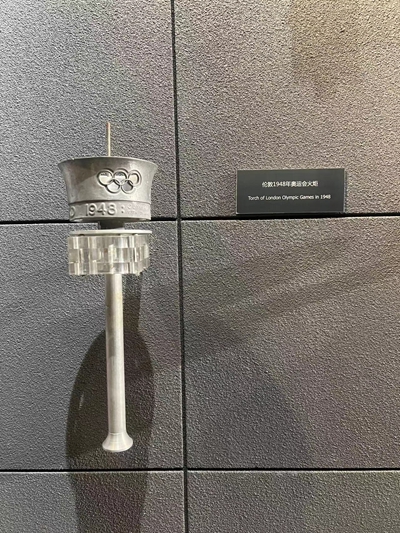

The museum also displays torches from different Olympic Games, from 1936 to 2008 as well as the Nanjing Youth Olympics in 2014. Holding unique historical significance, the torches inspired athletes to strive towards their goals.

Notably, it showcases an exceptionally rare troch from the Helsinki 1952 Olympics. A total of 22 torches were made for Helsinki 1952, with 15 still existing today. It now has a price tag of up to $550,000, making it the most expensive torch in history.
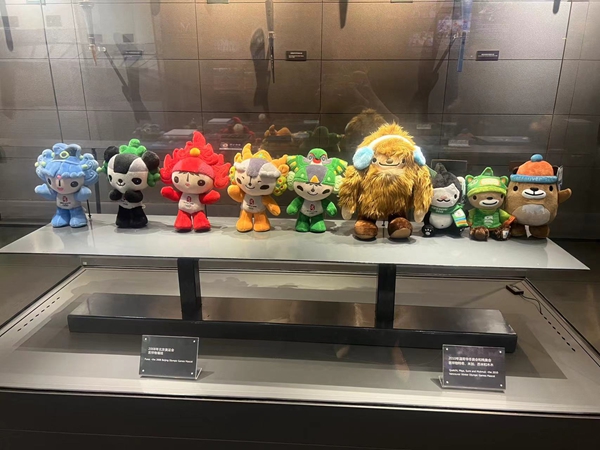
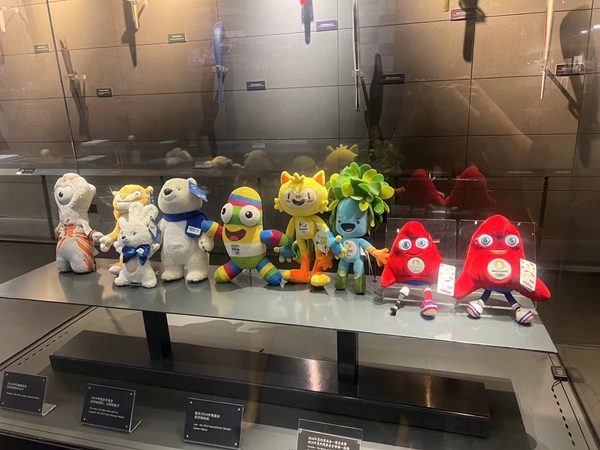
The Munich 1972 marked the first official mascot in the history of the Olympic Summer Games. At the museum, visitors can find mascots from various Games and explore their diverse styles and important roles in promoting cultural exchange.
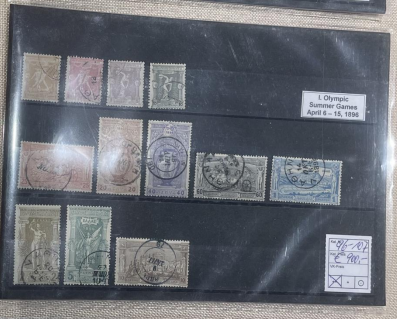
Commemorative envelopes and postage stamps are also displayed in the hall, including the Athens 1896 stamps. Greece issued a series of stamps to mark the occasion, which were the first Olympic-themed commemorative items widely issued worldwide. These stamps featured discus throwers, boxers, chariot driving, stadium, and the goddess of victory, with borders decorated in the artistic style of ancient Greece, making them highly valuable for collection.

Another precious exhibit is an envelope from Helsinki 1940. In 1937, the IOC rescheduled the 1940 Olympics from Tokyo to Helsinki because of the Japanese war of aggression against China.

In the exhibition hall, visitors can also discover memorabilia donated by famous athletes, such as jerseys, racquets and other sporting equipment. One of the most eye-catching exbibits is the outfit worn by Zhong Man when he won the gold medal in men's sabre fencing at the Beijing Olympics.
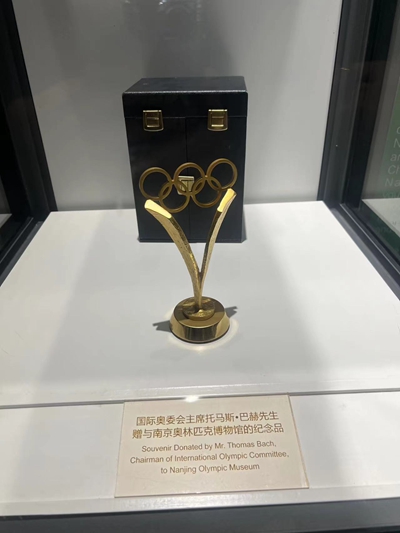

Faster, Higher, Stronger - the museum honors the valuable cultural legacy in the Olympic movement and preserves unforgettable memories reflecting the Olympic motto.



